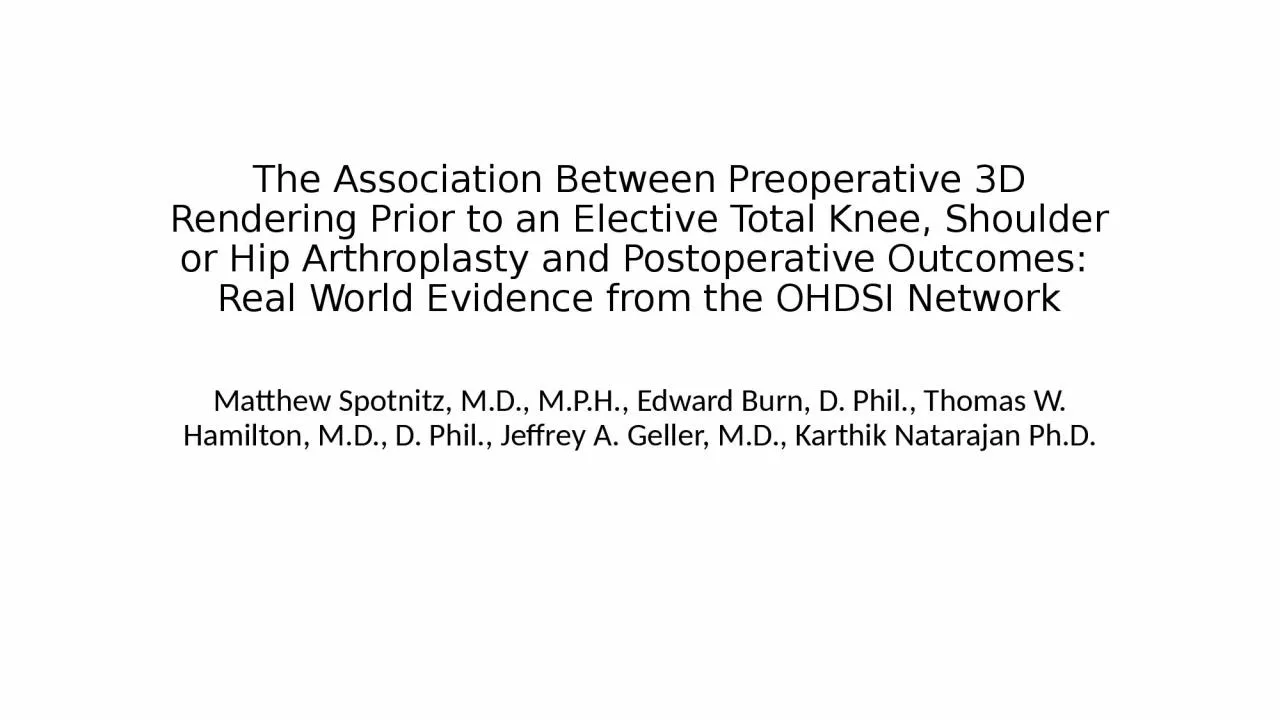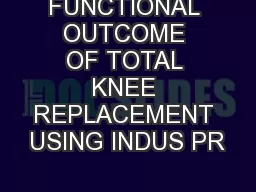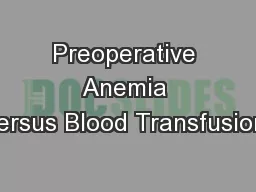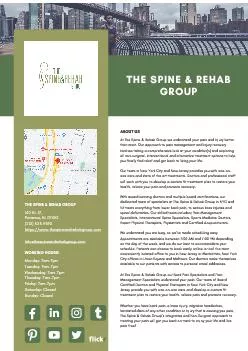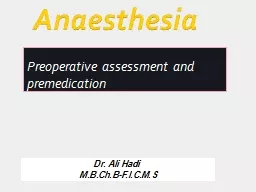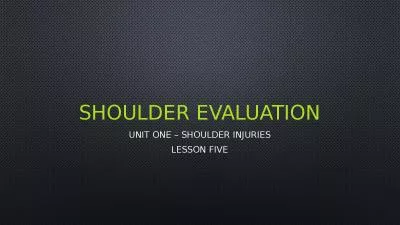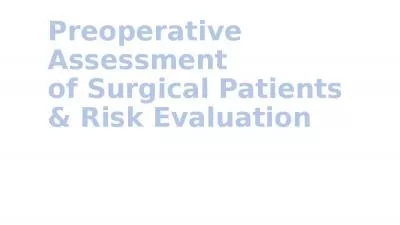PPT-The Association Between Preoperative 3D Rendering Prior to an Elective Total Knee, Shoulder
Author : LittleMissPerfect | Published Date : 2022-08-04
Real World Evidence from the OHDSI Network Matthew Spotnitz MD MPH Edward Burn D Phil Thomas W Hamilton MD D Phil Jeffrey A Geller MD Karthik Natarajan PhD 3D Ankle
Presentation Embed Code
Download Presentation
Download Presentation The PPT/PDF document "The Association Between Preoperative 3D ..." is the property of its rightful owner. Permission is granted to download and print the materials on this website for personal, non-commercial use only, and to display it on your personal computer provided you do not modify the materials and that you retain all copyright notices contained in the materials. By downloading content from our website, you accept the terms of this agreement.
The Association Between Preoperative 3D Rendering Prior to an Elective Total Knee, Shoulder: Transcript
Download Rules Of Document
"The Association Between Preoperative 3D Rendering Prior to an Elective Total Knee, Shoulder"The content belongs to its owner. You may download and print it for personal use, without modification, and keep all copyright notices. By downloading, you agree to these terms.
Related Documents

